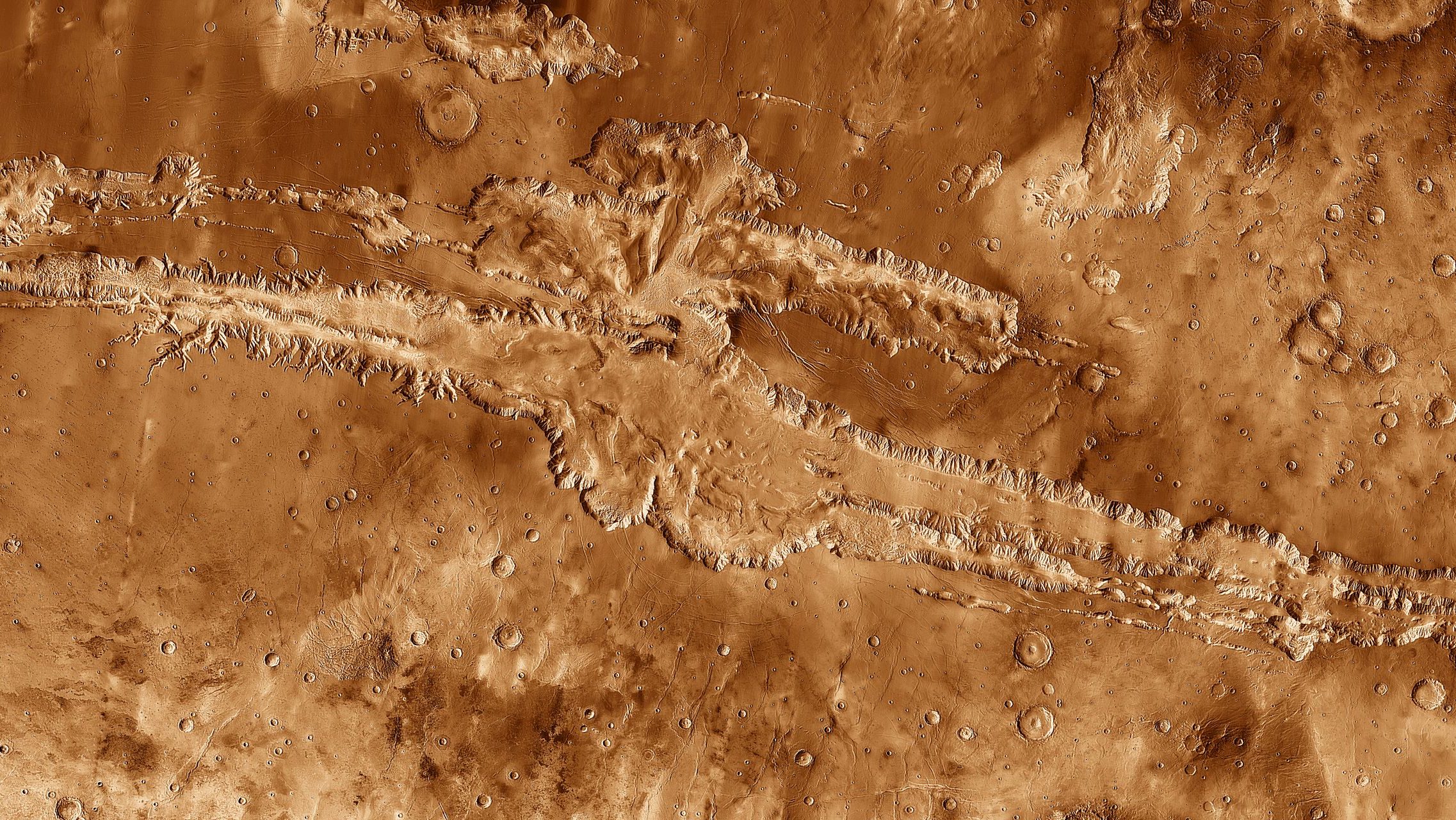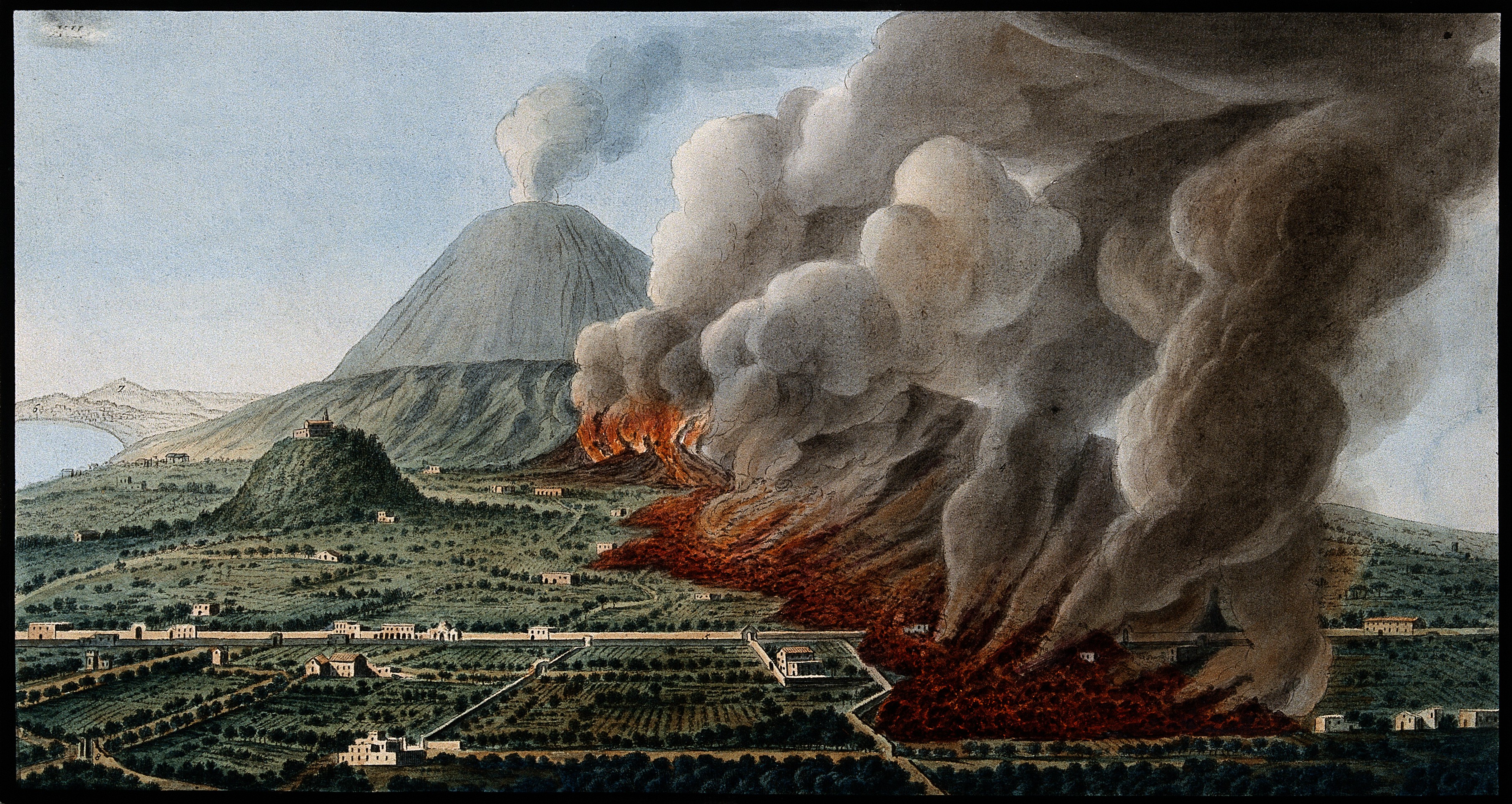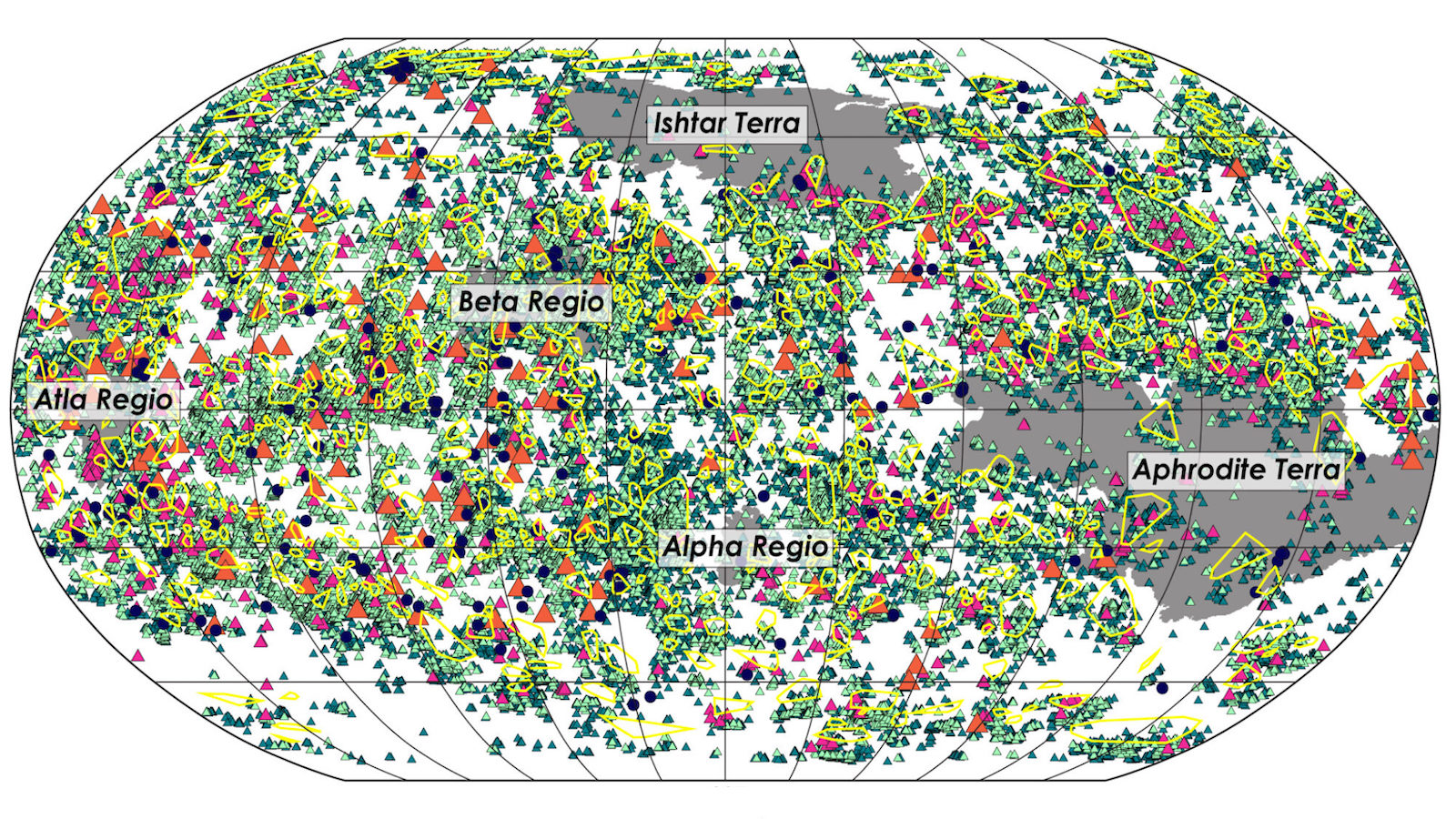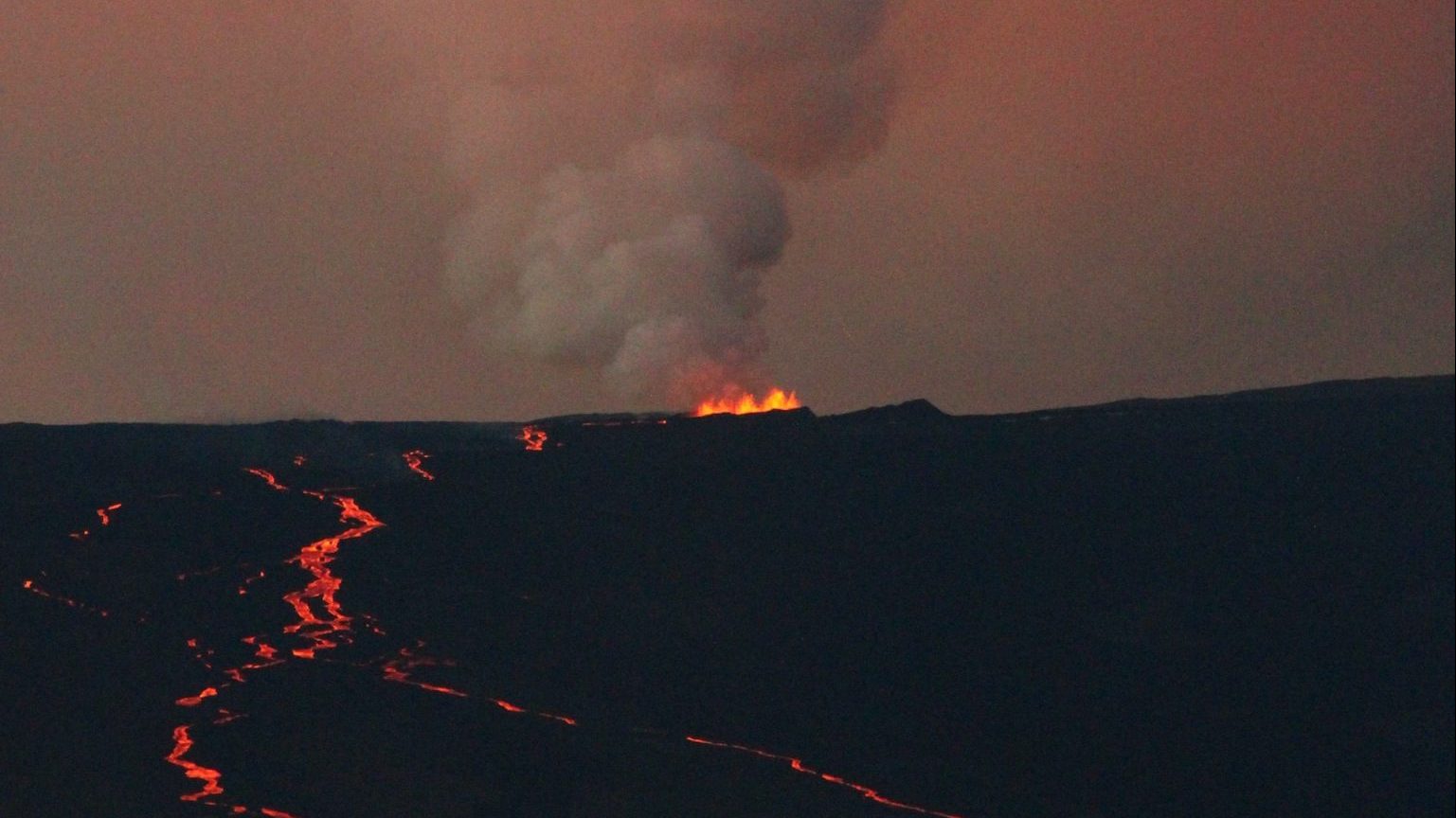Shots from space: Barren Island and Planchon-Peteroa

The NASA Earth Observatory has posted two images of erupting volcanoes this week, so I thought I’d spotlight these systems:
Barren Island, India:This image captures the volcano in the Indian Ocean between India and Indonesia with a vigorous steam-and-ash plume earlier this week. The volcano dominates the island and you can clearly see the green, vegetated portions of the island and the areas that have likely been inundated with ash flows, lava flows, lahars or ash fall in the dark grey. Many of the deposits look like they follow drainages on the edifice – and on the west side, you can almost make out a distinct darker channel that might be a recent mudflow or pyroclastic flow. The edge of the caldera in which the current composite volcano sits is also visible on the southern and southeastern side of the island. Barren Island volcano has been in a state of unrest since at least 1991, with periods of active eruption that last 2-3 years followed by 3-5 years of relative quiet. The previous recorded activity prior to 1991 was in 1852 and the volcano tends to produce VEI 2 explosive eruptions with some lava flows, all fairly typical strombolian activity (video) – but the island is unihabited, so the direct threat to people is low.
Planchón-Peteroa, Chile: There is also a great image of the ash fall covering high Andean snow from Planchón-Peteroa on the Chilean-Argentine frontier. The volcano has been slowly coming back to life from ~12 years of quiet and most of the new activity seems to be phreatic explosions at the main summit crater. This image does show how much influence the prevailing winds have on ash distribution during small explosive eruptions such as these – upwind there is no ash to be seen, but downwind there is a significant layer (a few mm to cm) of ash on the snow. The activity at Planchón-Peteroa appears to be on the increase this week (spanish), where the ash cloud and sulfur odors are being noticed as far as 55 km downwind into Argentina and Argentine towns near the volcano have been placed on Yellow Alert status (spanish) by the Civil Defense Department.
Top left: The steaming crater area at Planchón-Peteroa in an image taken September 20.





